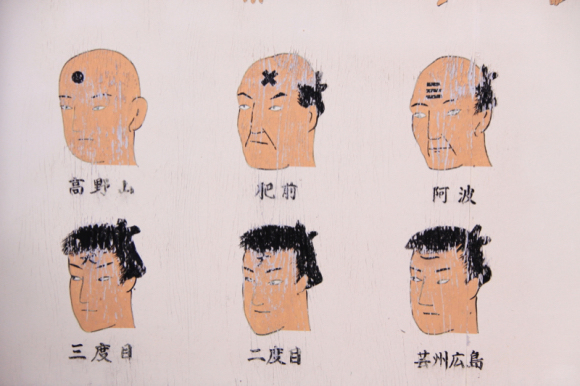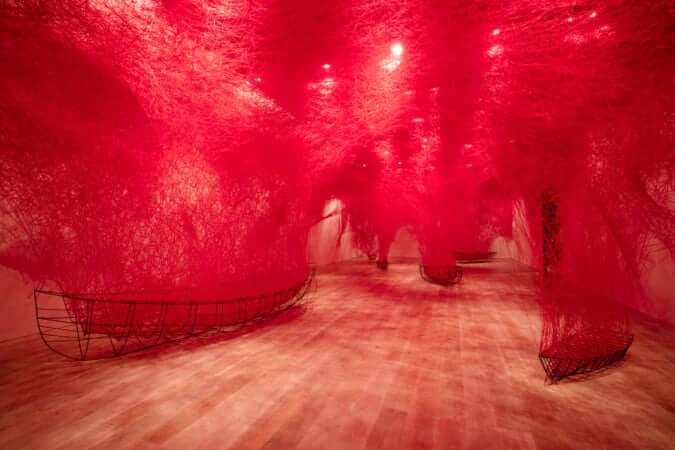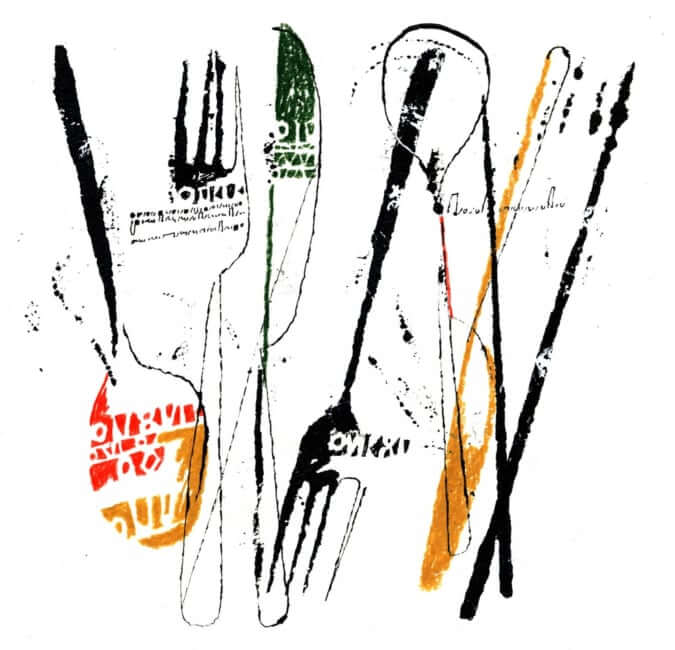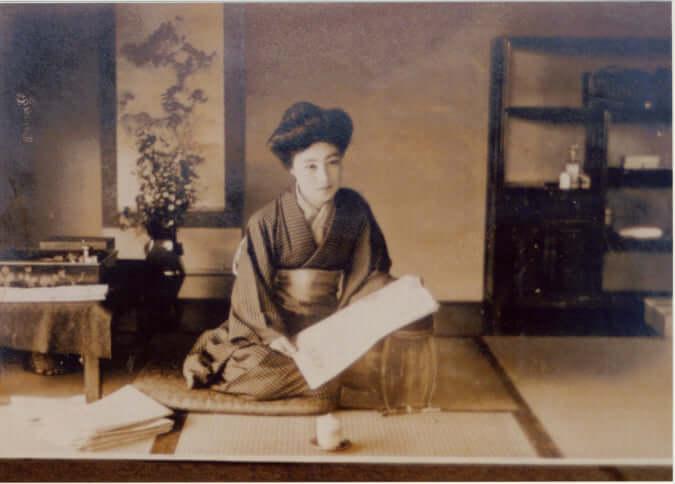Kaori Ito, a Natural Born Artist
The Japanese dance prodigy now lives in France and uses her creative talents not only in choreography, but also in cinema and art.
View this post on Instagram
Originally from Tokyo, Kaori Ito began dancing at the age of five. Thirteen years later, the renowned critic Ryouiti Enomoto named her the best young dancer and choreographer. She thus became one of the most sought-after dancers for the most famous modern choreographers, from Philippe Decouflé to Angelin Preljocaj.
Having studied sociology and education at Rikkyo University in Tokyo, Kaori Ito also creates videos and paintings and is a regular on the theatre scene, particularly in collaboration with the French actors Édouard Baer and Denis Podalydès. In 2015, she was named a Chevalier de l’Ordre des Arts et des Lettres in France.
Her creation Robot, l’Amour Éternel (2018) is the final episode in an autobiographical trilogy, begun in 2015. On the stage, a simple white square, she dances following instructions given by Siri, the Apple AI app, as if she were a robot. The artist seeks to place intimacy at the heart of the theatre experience, and draws inspiration from themes as varied as death, love and loneliness when creating her choreography. ‘I like beauty that has no particular shape and that is a necessary act of expression of the body’, Kaori Ito explains on her website.
View this post on Instagram
View this post on Instagram
TRENDING
-
The Tattoos that Marked the Criminals of the Edo Period
Traditional tattoos were strong signifiers; murderers had head tattoos, while theft might result in an arm tattoo.

-
Paris, Tokyo: Robert Compagnon
With his co-chef and talented wife, Jessica Yang, Robert Compagnon opened one of the top new restaurants in Paris: Le Rigmarole.
 3:31
3:31 -
Chiharu Shiota, Red Threads of the Soul
Last year, more than 660,000 people visited the retrospective 'Chiharu Shiota: The Soul Trembles' exhibit at the Mori Art Museum.

-
‘Before Doubting Others, Doubt Yourself. Who Can Truly Say a Dish Isn’t What It Used to Be?’
In ‘A Non-Conformist’s Guide to Surviving Society’, author Satoshi Ogawa shares his strategies for navigating everyday life.

-
The Story of Sada Yacco, the Geisha who Bewitched Europe
Described by Dazed magazine as the first beauty influencer, she has been restored to her former glory since 2019.





